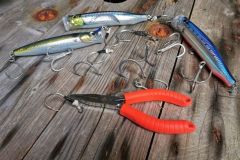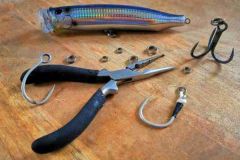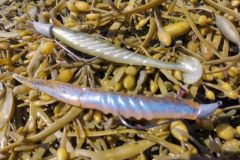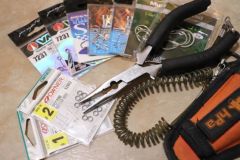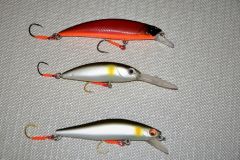What is the point of using an assist hook on a jig?
The assist hook is very useful in crowded environments, as the risk of hooking is considerably reduced when the treble hooks that usually arm the jigs are removed.
The hooks are not in contact with the ground, so the hooking is much less risky. This rig is perfect for wrecks or rocky plateaus with many ascents.
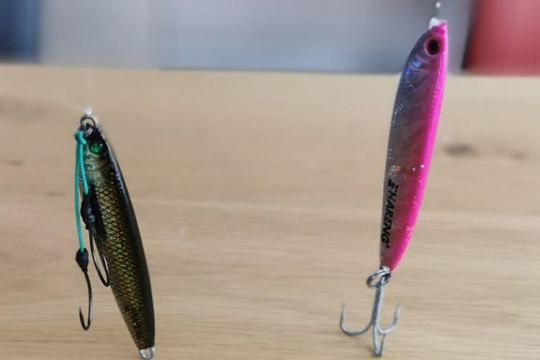
The other major interest of the assistant hook is to less damage the fish during the capture which promotes its release (No Kill). The assist hooks can be mounted in double or single depending on your choice and the size of the lure. The models with a single assist can also arm hard lures.
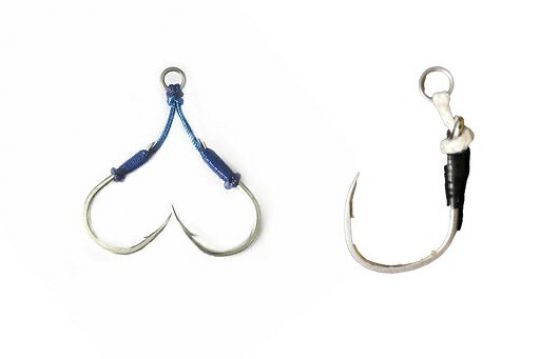
They also have the big advantage of causing less stalling during fights, unlike a single or treble hook, connected directly to the lure. Here, the fish cannot force itself on the lure because the lure-hook connection is made of flexible cord and not rigid like with a traditional hook.
How to make your own assist hook?
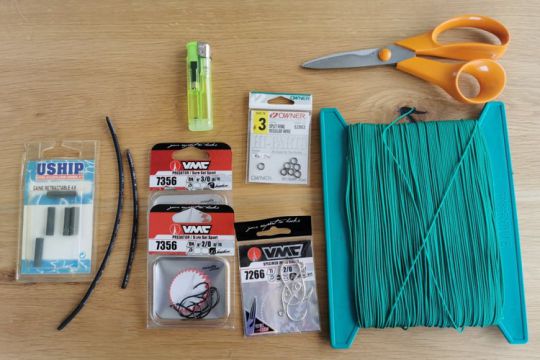
The necessary material is relatively simple and easily found. You will need:
- Hooks (I use VMC model 7356 or 7266)
- Heat shrink tubing
- Broken rings adapted to the size of your jigs
- Trolling line (here 25 kilos of resistance) which can be replaced by a fine garcette
- A lighter and a pair of scissors
Take a length of garcette of about 20 cm and pass the 2 hooks through it, facing outwards, as well as the heat shrink tube. Here 2 pieces of tubing of diameter 4 mm and 1.5 mm. It is important to have a sufficient length of garrote to make the knot on the eye of the hook.
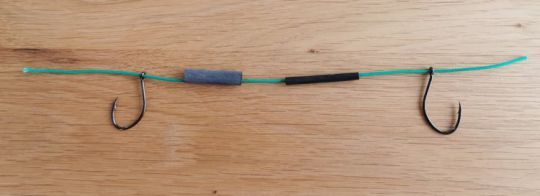
Tie a hanging knot on the hook eye.
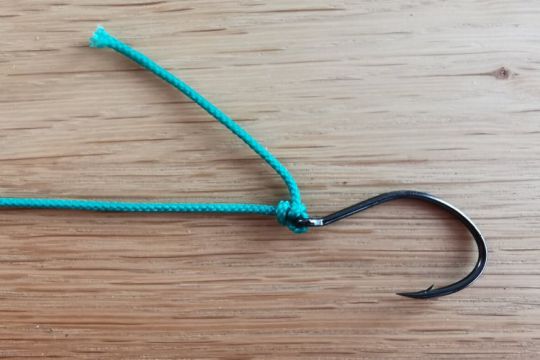
Cut and burn the excess. Make sure the knot is not too thick.
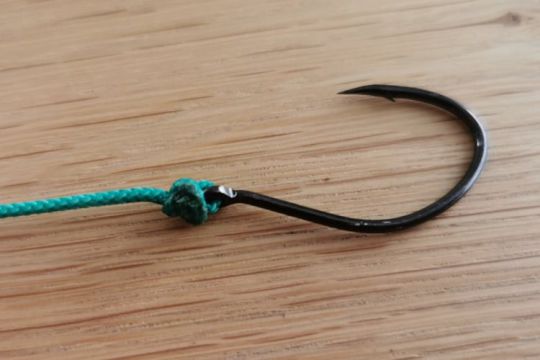
Place the shrink tubing like this (after cutting it in 2). An operation that could have been done from the beginning.
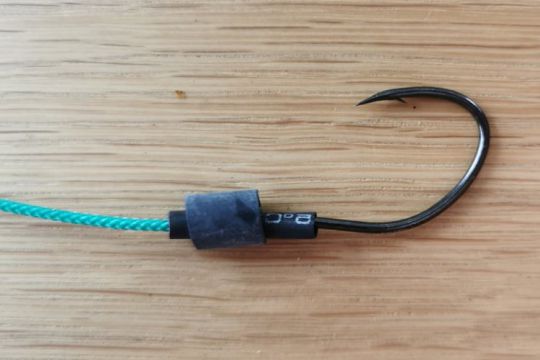
Approach a heat source (use lighter).
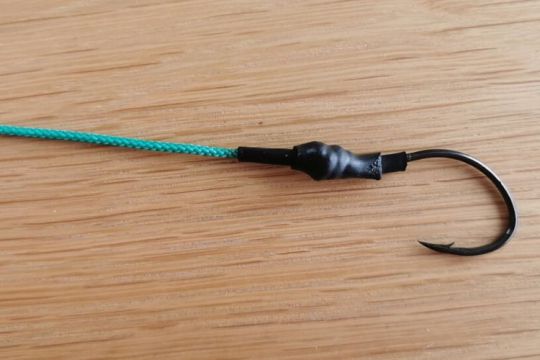
Do the same with the second hook.
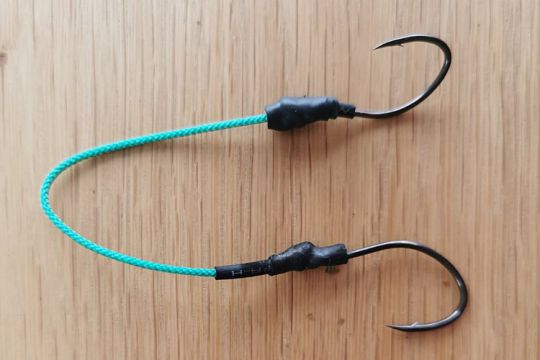
Place a broken ring and use the loop-in-loop knot to secure it. You can then adjust the distance between the 2 hooks to fit your jig.
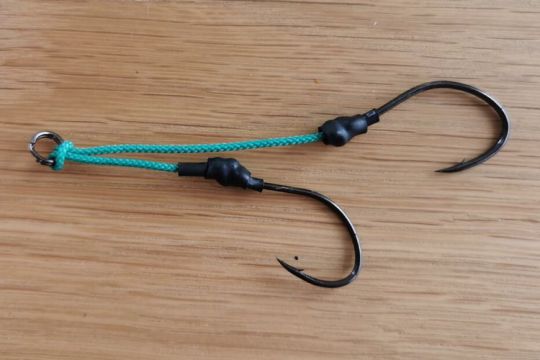
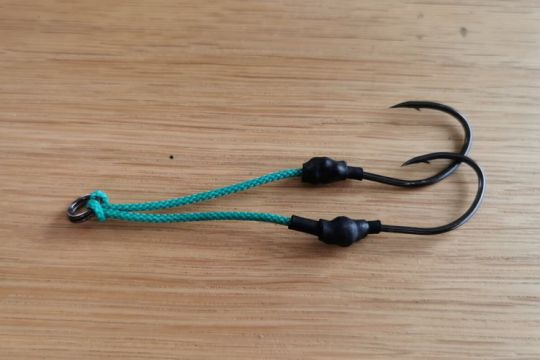


 /
/ 




